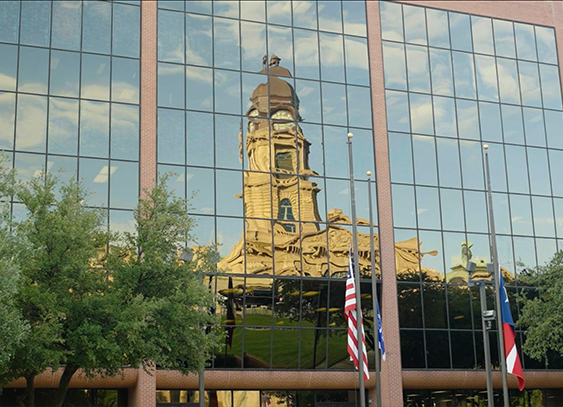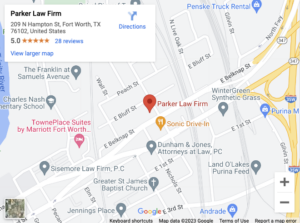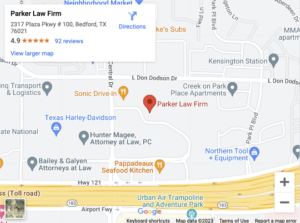What Are Nominal Damages?
Damages are the different forms of compensation that may be available after a Bedford personal injury accident. If you have been in a car accident, slip and fall, or other incident, it is important to understand the damages you may be entitled to, including nominal damages. While less commonly awarded, nominal damages are essentially symbolic. […]
Read more

